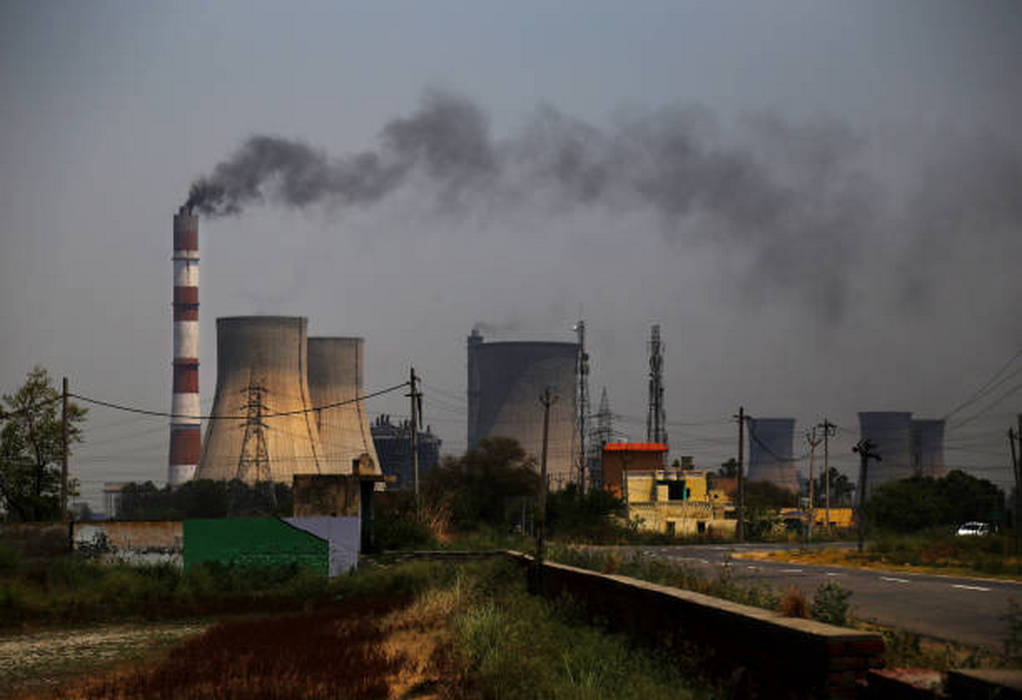Indian fossil fuel-based power generation capacity increased 2.44 per cent to 243.22 GW in FY24 from 237.27 GW in March 2023, according to official figures.
There was a 10.79 per cent rise in non-fossil fuel based capacity (renewable energy sources) addition at 190.57 gigawatt (GW) in 2023-24 over 172.01 GW in 2022-23, the government data showed.
While the fossil fuel-based capacity includes power generation through coal, lignite, gas and diesel sources, the non-fossil fuel includes power generated from solar, wind and hydropower.
The nuclear power capacity addition rose to 8.18 GW from 6.78 GW in the last fiscal year, posting a year-on-year rise of 20.64 per cent.
In FY24, India’s total power generation capacity rose 6.22 per cent to 441.97 GW over 416.06 GW, the data showed.
The coal-based capacity increased around 3 per cent to 210.97 GW from 205.24 GW in the last financial year, and gas capacity rose marginally to 25.04 GW from 24.82 GW in FY23.
The lignite- and diesel-based capacity were at 6.62 GW and 0.59 GW, respectively, in FY24.
The renewable energy sources capacity increased to 143.64 GW, up 14.76 per cent over 125.16 GW in FY23. Hydropower capacity also increased to 46.93 GW from 46.85 GW in the last fiscal year.
Tags: Fossil Fuels, Fosssil, India, NonFossil, Power Generation



Recent Posts
Scandlines Nears Delivery of Zero Emissions Ferry Following Successful Sea Trials
India faces emission roadblocks with rising net-zero demands
Green Energy Resources invests in two electric Liebherr LHM 550
NYK Launches Continuous Use of Bio LNG Fuel on Car Carriers to Advance Decarbonization Goals
Yang Ming Expands Fleet with Methanol and LNG Dual-Fuel Vessels Under Fleet Optimization Plan
ClassNK Advocates Speed Gap Monitoring to Optimize Fuel Efficiency in Heavy Weather
Wärtsilä’s retrofit package for the Corsica Linea ferry Pascal Paoli has resulted in fuel savings of up to 22 percent Corsica Linea
COSCO Shipping Names Second Methanol Dual-Fuel Containership in Yangzhou